Katie Page has spent the last two summers as (W)right On’s summer intern. As you can see from the post below, she is a rock star and is now a freshman at Chapman University, studying for her B.A. in Public Relations and Advertising.
I am a storyteller. It is my passion, my biggest weakness and my greatest strength. So when I was asked to write a blog post for (W)right On Communications about my time as the PR Manager for the Torrey Pines High School newspaper, the Falconer, I was both elated and terrified.
PR is about telling a story, but the people reading this are well aware of that. When I sat down to write this story, my mind became a blank slate, and not the kind that offers infinite possibilities. I couldn’t find the words to express what I’d done for the Falconer in regards to PR. Did I have examples of the results of the tactics I implemented? Sure. Did I have words of wisdom to share about what I’d learned during my time as PR Manager? I suppose. But it all seemed dry and worthless to professionals like yourselves. So after weeks of hitting delete, I decided that I’d tell you this story in a way that reflected not only what I’ve taken away from my PR experiences, but also who I am.
I will admit that I have several stereotypical teenage tendencies, like excessively checking social media. So believe me when I say that nothing epitomizes teenage interest like the never-ending stream of trends on social media. Therefore, if one wants their attention, social media is the most logical method of getting it.
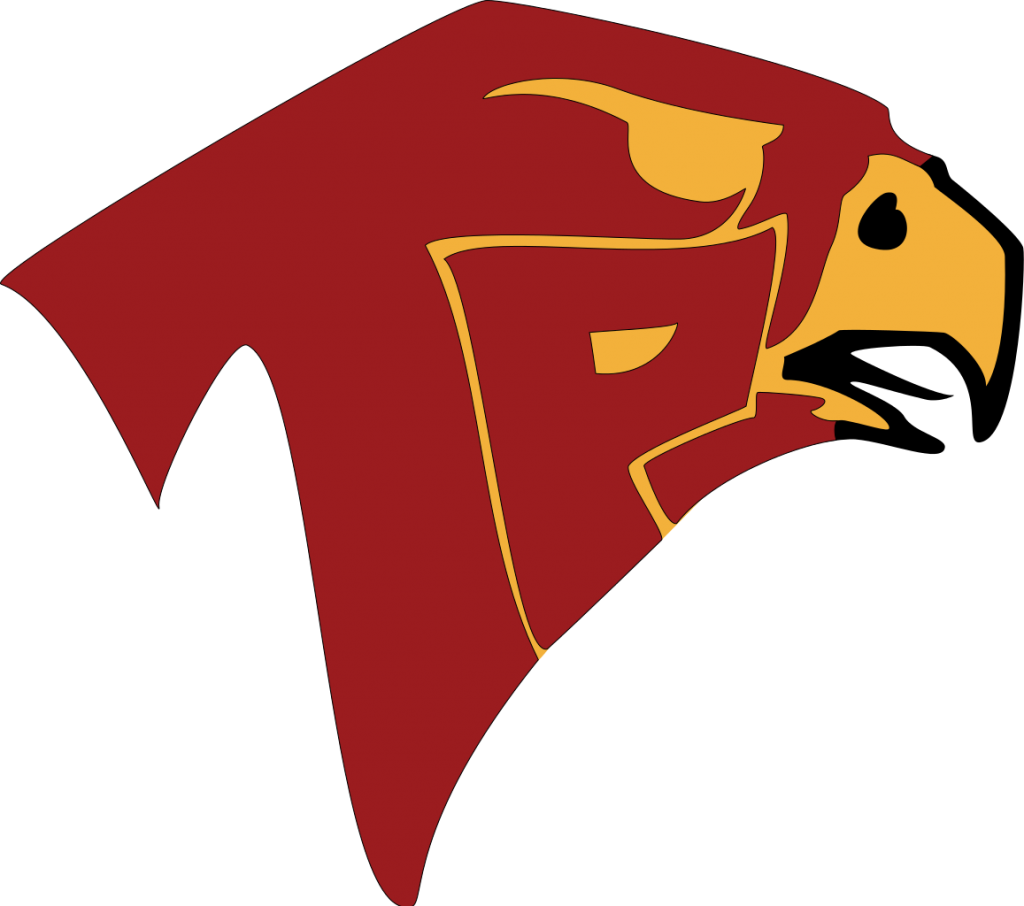 As the Falconer’s former PR Manager, I was charged with growing subscriptions and grabbing the short attention spans of my youthful peers. The first few months on the job weren’t exceedingly notable, but then I realized that I was missing the storytelling aspect of PR. If I wanted the stories that filled the inky pages to leap out and grab the student body, then I was going to have to use social media to tell the Falconer’s story before its articles had the chance.
As the Falconer’s former PR Manager, I was charged with growing subscriptions and grabbing the short attention spans of my youthful peers. The first few months on the job weren’t exceedingly notable, but then I realized that I was missing the storytelling aspect of PR. If I wanted the stories that filled the inky pages to leap out and grab the student body, then I was going to have to use social media to tell the Falconer’s story before its articles had the chance.
In an effort to attack the challenge from all fronts simultaneously, I broke down our viewers into interest-based categories: news/entertainment and sports. To capture the sports fans’ attention, I revamped the Falconer’s Twitter feed. Each game, tournament, match or meet would be tweeted about and contain the opponent, score and an event highlight. This way, the dedicated sports fans could read about the event without having to leave the comfort of their couch, where they were most likely watching the professional version of the same sport. These constant updates served as reminders to our athletically inclined followers that we were always there for them, and that we gave them just enough information to stay in the loop. Thus, when the paper came out every month, those fans couldn’t get enough of the sports coverage we had to offer.
In order to engage those who lacked an interest in athletics, I beefed up the Facebook posts that advertised each issue’s release. Every post had a breakdown of each section’s highlights in an effort to draw in the type of readers who weren’t satisfied with a blurb of information, but rather wanted to know it all. Previously, the post reached as many Facebook friends the PR Manager had, as he or she was the one who made the post, but I wanted to broaden its reach, so I had every staff member share the post and click the box indicating their attendance. This expanded the post’s views from roughly 400 people to well over a thousand.
 Even students who didn’t attend TPHS were aware of the upcoming issue and its intriguing focal points. And Aunt Debbie who lived in a small town in Minnesota could read the post’s excerpt of the news section and feel compelled to have Johnny send her a copy of the paper, or better yet, send her a subscription form.
Even students who didn’t attend TPHS were aware of the upcoming issue and its intriguing focal points. And Aunt Debbie who lived in a small town in Minnesota could read the post’s excerpt of the news section and feel compelled to have Johnny send her a copy of the paper, or better yet, send her a subscription form.
I did my best to create a new story for a newspaper, something already filled with diverse and meaningful stories. It seemed ridiculous, but it worked. Circulation increased and I walked away with priceless knowledge and a new career aspiration.
Check out our similar blog posts:
How I Survived My First Networking Event
Hashtag Flawless: The #CallMeCaitlyn Transformation is PR Gold




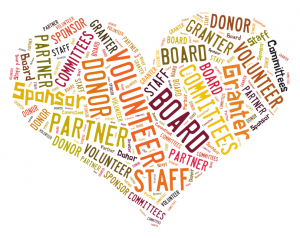 After moving here from Ohio, I was struck by the beauty of San Diego’s beaches, bays, palm trees, rivers, canyons, mountains and deserts. With a little time, I was equally in awe of the people who are so deeply connected to their tight-knit communities, of all the passionate innovators who live here, of just how much people love this town.
After moving here from Ohio, I was struck by the beauty of San Diego’s beaches, bays, palm trees, rivers, canyons, mountains and deserts. With a little time, I was equally in awe of the people who are so deeply connected to their tight-knit communities, of all the passionate innovators who live here, of just how much people love this town.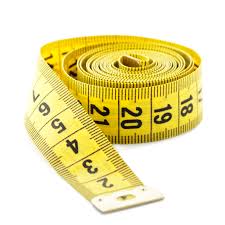


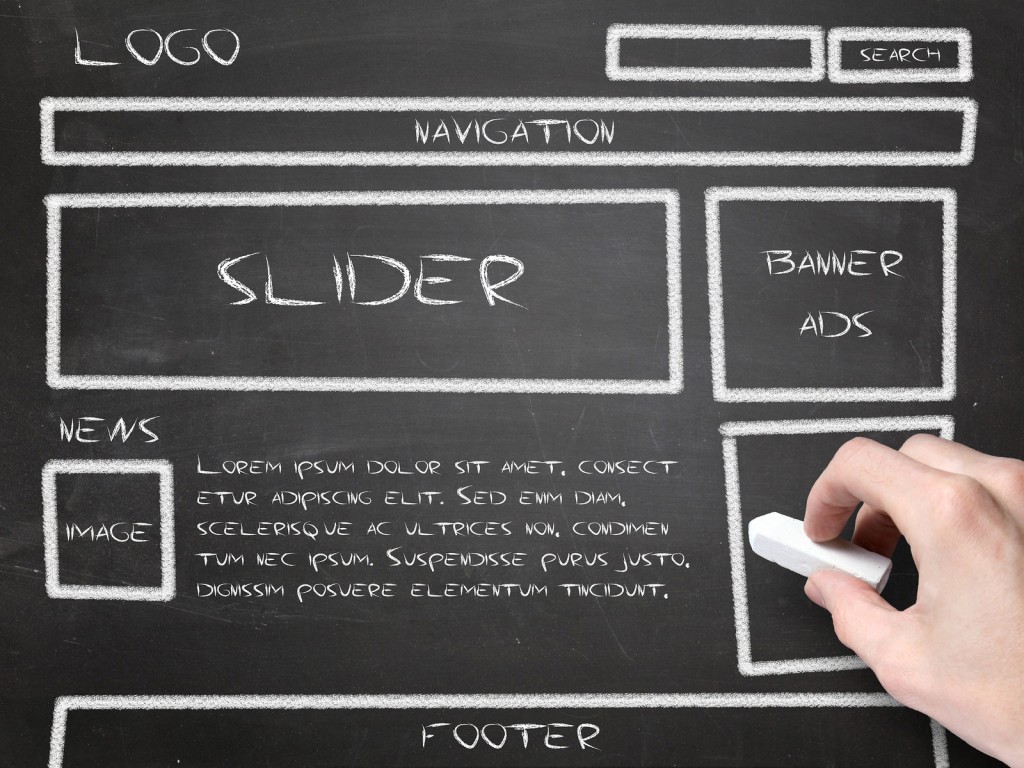
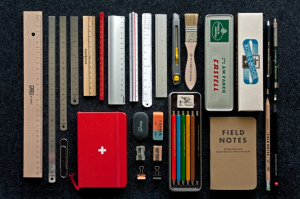 t’s very easy to be overloaded with images, a danger for anyone trying to communicate visually. When confronted with too many images on a website (graphics, photos, slideshows, animated gifs, bright buttons), it is overwhelming for anyone visiting.
t’s very easy to be overloaded with images, a danger for anyone trying to communicate visually. When confronted with too many images on a website (graphics, photos, slideshows, animated gifs, bright buttons), it is overwhelming for anyone visiting. Color is a major player in the overall aesthetic of a website. It’s important to ask what colors are appropriate, consistent and complementary to your brand. Subdued color palletes, like those often seen on corporate sites, tend to render a clean and modern appearance, while personal portfolios or small business sites allow more freedom to experiment with brighter colors.
Color is a major player in the overall aesthetic of a website. It’s important to ask what colors are appropriate, consistent and complementary to your brand. Subdued color palletes, like those often seen on corporate sites, tend to render a clean and modern appearance, while personal portfolios or small business sites allow more freedom to experiment with brighter colors.
 Apparently, public relations is a tough concept for many people to grasp. In a way, it falls in the grey area of other practices, such as marketing, advertising and journalism.
Apparently, public relations is a tough concept for many people to grasp. In a way, it falls in the grey area of other practices, such as marketing, advertising and journalism.
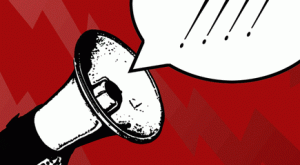











 Grant Wright
Grant Wright Corie Fiebiger
Corie Fiebiger
 Shae Geary
Shae Geary Phelan Riessen
Phelan Riessen Katrina Early
Katrina Early Hamish Marshall
Hamish Marshall